 [I met Frank Cost this past April at the PhotoHistory/PhotoFuture Conference in Rochester, NY, which its organizers subtitled “A Three-day Conference on the Archaeology & Future of Photography.” Along with Kristen Watson from Pratt Institute in NYC, we took part in what the conference organizers called a “panel” titled “On and Above the Ground,” which actually consisted of three autonomous and minimally related presentations: mine of the Capa D-Day project, Watson’s on the legacy of Jack B. Swan, a young aerial photographer killed during WWII, and Cost’s on the significance of the emerging technology of digital drone photography.
[I met Frank Cost this past April at the PhotoHistory/PhotoFuture Conference in Rochester, NY, which its organizers subtitled “A Three-day Conference on the Archaeology & Future of Photography.” Along with Kristen Watson from Pratt Institute in NYC, we took part in what the conference organizers called a “panel” titled “On and Above the Ground,” which actually consisted of three autonomous and minimally related presentations: mine of the Capa D-Day project, Watson’s on the legacy of Jack B. Swan, a young aerial photographer killed during WWII, and Cost’s on the significance of the emerging technology of digital drone photography.
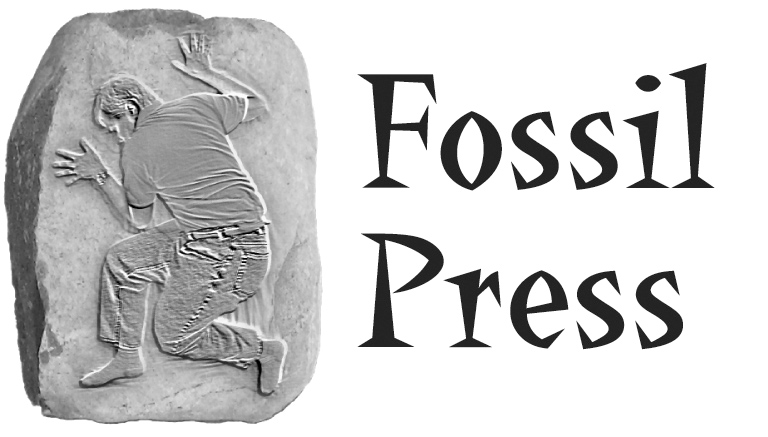 Frank works a day job as the James E. McGhee Professor, School of Photographic Arts & Sciences, Rochester Institute of Technology. On his own time he makes his own photographs, self-publishing them (using the imprint Fossil Press) via various print-on-demand systems. He had a selection of these volumes on display during the conference, and while they all had their quirky charms I found his “instant book” series fascinating both in conception and execution.
Frank works a day job as the James E. McGhee Professor, School of Photographic Arts & Sciences, Rochester Institute of Technology. On his own time he makes his own photographs, self-publishing them (using the imprint Fossil Press) via various print-on-demand systems. He had a selection of these volumes on display during the conference, and while they all had their quirky charms I found his “instant book” series fascinating both in conception and execution.
We got to talking, one thing led to another, and I invited him to contribute a Guest Post on this 21st-century approach to bookmaking. The first part appears below; click here for part 2. — A.D.C.]
•
The Evolution of the Instant Photobook Project (a)
by Frank Cost
My first “instant book” was conceived, produced, and published all during the afternoon and evening of a single day — January 8, 2006. It grew spontaneously out of a failed photographic session.
For several years I had been using the same photograph of myself to send out for publicity prior to lectures and speaking engagements. The photo depicted me as a younger man, dressed in a jacket and tie no longer fashionable, if ever they had been. In a month I was scheduled to speak about the revolution in on-demand digital book printing to an audience of Xerox customers. Xerox had requested a “head shot” for its promotional materials, and I was embarrassed by my dated photograph.
Shortly after lunch on January 8, I decided to set up a camera on a tripod and take some pictures of myself to see whether I could create an updated portrait and avoid having to make an appointment with a professional photographer. I used an aging Nikon Coolpix digital camera with a lens that could swivel around for self-portraits. After a few attempts to make a portrait of myself suitable for use as a publicity shot, my session with the camera took a different direction. I quickly accumulated a couple hundred pictures of myself, not a single one usable for my original purpose.
When I reviewed the images on the camera monitor, I found myself wanting to show other people the results of my solitary photo session. Then I had an idea. Why not try to use all the new technology to create and publish a book of these self-portraits that same day? What better way to demonstrate the capabilities of Internet-enabled digital print to the Xerox customers?
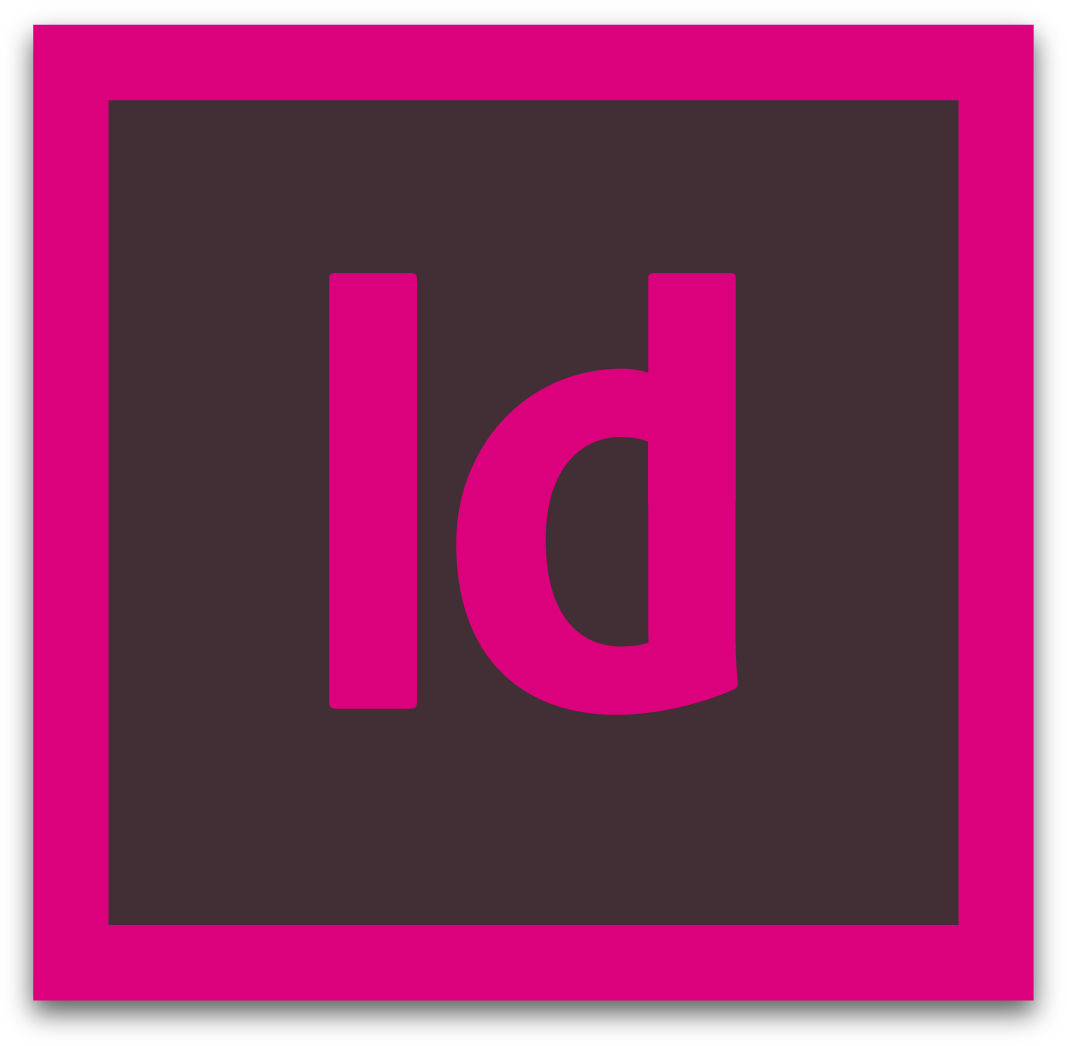 I quickly wrote a Photoshop script to batch-process all of the digital selfies for print reproduction. I then used an Adobe InDesign book template from a previous book project to lay out the book. From InDesign, I exported two PDF files — one for the cover and one for the inside pages of the book. I uploaded the PDF files to Lulu.com and the book was available for purchase worldwide well before bedtime on the same day.
I quickly wrote a Photoshop script to batch-process all of the digital selfies for print reproduction. I then used an Adobe InDesign book template from a previous book project to lay out the book. From InDesign, I exported two PDF files — one for the cover and one for the inside pages of the book. I uploaded the PDF files to Lulu.com and the book was available for purchase worldwide well before bedtime on the same day.
I titled the book Facing Myself. Although Oxford Dictionaries had selected the word “selfie” as its Word of the Year more than two years prior, Facing Myself predated Kim Kardashian’s more famous book of selfies (Selfish, Universe, 2015) by more than nine years. So I will boldly claim that I established the genre for Kim to later make famous.
[Editor’s note: See my December 10, 2013 post, “Fine-Art Photo Trickledown, 1: The Selfie (a),” for my account of the origin of what we now call the selfie as a specific project in photography. — A.D.C.]
Facing Myself established the possibility of a new kind of book, an “instant photobook.” The opportunity to make a second instant photobook came a month after Facing Myself, this one also quite by accident.
On Valentine’s Day 2006, I was riding in the back of a taxicab in the South Indian City of Chennai. I wanted to capture a video clip of the vibrant and colorful street scenery rushing by my window to show to my family back home. But I didn’t have my video camera with me. I decided the next best thing to a video clip would be a continuous sequence of still images that could be viewed in rapid succession to recreate the illusion of movement. I pointed the camera out the window and recorded a sequence of images of the passing scenery until the internal buffer was filled. At five frames per second, the camera recorded 110 frames in 22 seconds.
The sequence of images made a short jerky movie that conveyed a hint of the visual experience, but hardly something worth writing home about. However, the individual images, recorded in the brilliant morning light of Chennai with a small aperture and fast shutter speed, contained a myriad fascinating details that begged to be studied in a careful inspection of each frame. That evening in my hotel room I used another of my InDesign templates to quickly assemble a book, which I entitled Twenty Two Seconds in Chennai. (The original movie made from those 110 frames can be viewed on YouTube.)
The marriage of content generated nearly instantaneously with the ancient and permanent codex form of a book provided the perfect vehicle to demonstrate the potential for digital on-demand books. The timing was also perfect: Xerox, Kodak, HP, Océ, and other on-demand digital color printing companies were looking for new ways to promote the digitally printed photobook as the future of the photofinishing industry.
Xerox produced an abbreviated version of the Chennai book for the massive 2007 IPEX print industry trade show in Birmingham, England. I re-titled the book Thirteen Seconds in Chennai to reduce the page count so that it could be printed quickly on the trade show floor. The book became one of the coveted collectibles from that trade show. It also propelled me into a new obsession, thinking of ways to quickly, almost instantly, transform visual experiences into the contents of printed books.
•
The Instant Photobook Project resulted in a flood of titles over the next few years, and I received invitations to speak at conferences in North and South America, Europe and Asia. But the project also changed my idea of what interested me most about photography. I began to enjoy more and more the kinds of images made by my camera when I was not in control.
At first I became entranced by the idea of unaltered sequences of pictures recorded automatically. I became a bit of a purist, eschewing any editorial meddling. In my introduction to Twenty Two Seconds in Chennai, I posited a manifesto of sorts:
Could it possibly be true that a sequential collection of photographs acquired almost automatically in less than half a minute has more credibility than a deliberately crafted and meticulously edited picture story? I think that in one important respect, the answer to this question is yes. By removing the controls normally exercised by the photographer and the editor, the subject is liberated. Each frame in this book speaks for itself. There is no evidence of selection or manipulation on the part of the photographer. No editor’s hand, influenced by any aesthetic, commercial, or political agenda, determined the content of these pages.[1]
While I still think there is some merit to this argument, I have loosened up my rules as my Instant Photobook project has evolved. I now carefully select the images that best tell a story from among large numbers of frames collected using an interval timer.
•
Eight years after the Chennai book, I spent a month in the late spring and early summer of 2014 wearing a GoPro camera shooting still frames on a two-second interval timer every time I went shopping. Each shopping trip became the subject of an instant photobook. By the end of the month, I had recorded 9,100 frames during more than five hours of elapsed time shopping in twelve different retail venues. Of these frames, I selected 618 for a book entitled Bricks and Mortar: Offline Shopping in Online America.
[Editor’s note: Using the link above, you can order Cost’s Bricks and Mortar from Amazon, for $50 including shipping.]
For my most recent series of instant photobooks, I use a Fujifilm X-T1 mirrorless camera with a 14mm ultra-wide lens shooting on a fixed interval. The Fuji 14mm lens (21mm full-frame equivalent) eliminates the fisheye distortion of the GoPro, and is completely unobtrusive when innocently hanging from my neck.
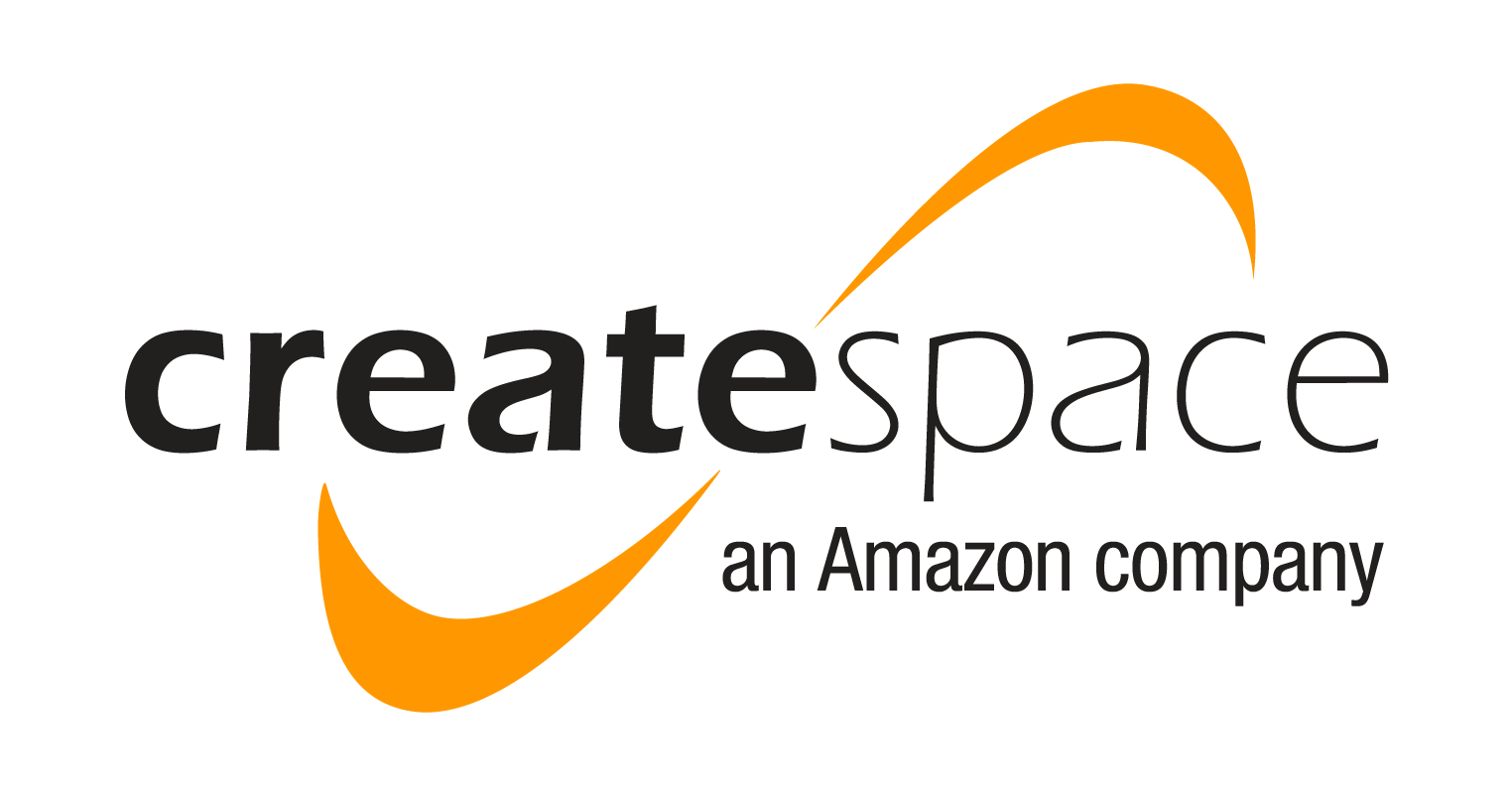 I designed an Adobe InDesign template that allows me to simply drag and drop selected frames into a new book. For books in black and white I batch-process the selected images to optimize them for print on Amazon’s CreateSpace platform. My unit cost for a 100-page perfect bound book with a color cover is $2.15. …
I designed an Adobe InDesign template that allows me to simply drag and drop selected frames into a new book. For books in black and white I batch-process the selected images to optimize them for print on Amazon’s CreateSpace platform. My unit cost for a 100-page perfect bound book with a color cover is $2.15. …
(Part 1 I 2)
•
[1] Cost, Frank, Twenty Two Seconds in Chennai (New York: Fossil Press, 2006).
•
Frank Cost is the current James E. McGhee Distinguished Professor in the School of Photography at Rochester Institute of Technology. The professorship was created in the late 1960s by the photography industry, led by the Photo Marketing Association and Eastman Kodak Company, to study emerging trends in consumer photography and prepare graduates to become innovators in the industry. That mission continues to the present day, although the leading industry players in consumer imaging are almost completely different from the original founders of the professorship.
Cost has been photographing professionally since 1975, and has authored both textbooks and experimental photobooks exploring new forms of graphic expression enabled by digital technologies. He has taught a wide variety of courses in the field of visual media for more than three decades. He received a B.A. in World Studies from Eisenhower College in 1976 and an M.S. in Computer Science from RIT in 1987. A selection of his recent work can be seen here: https://cias.rit.edu/faculty-staff/2. He can be contacted at frank(dot)cost_(at)_rit(dot)edu.


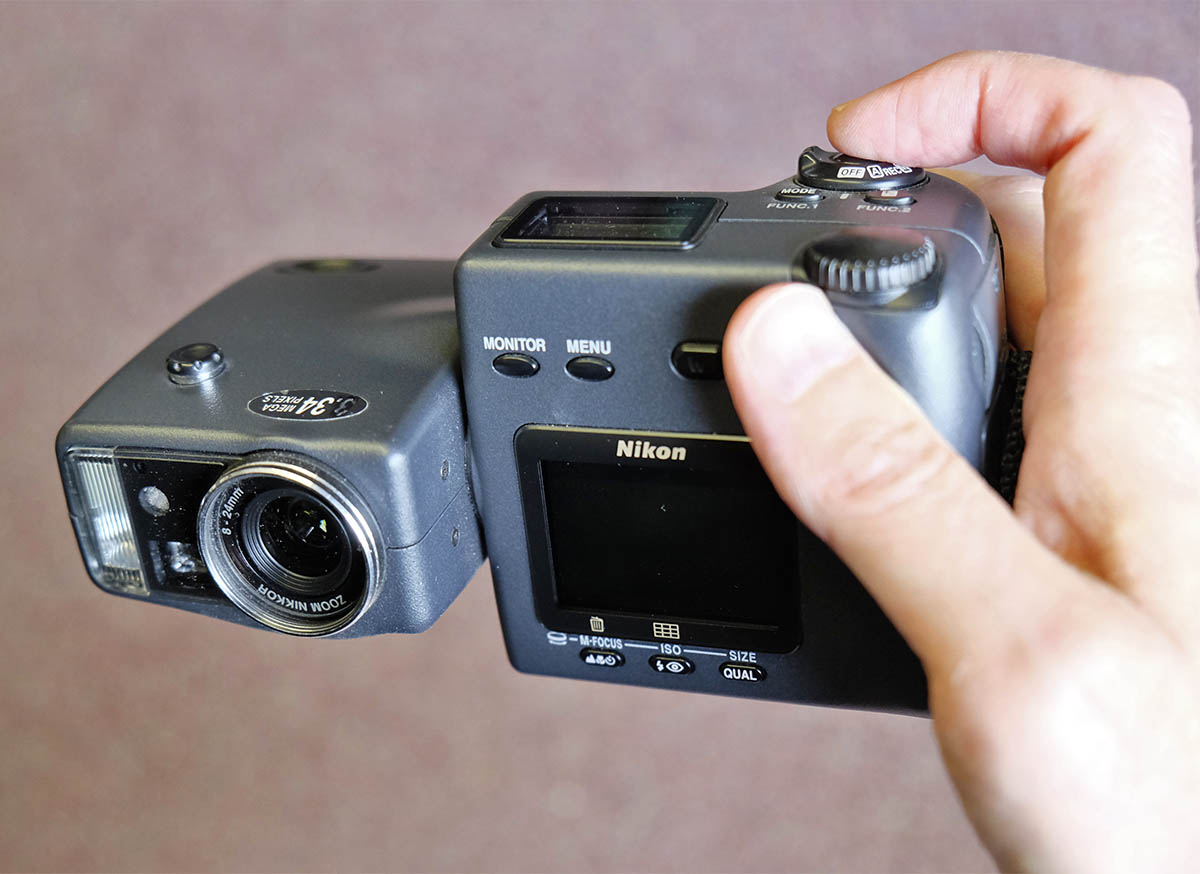
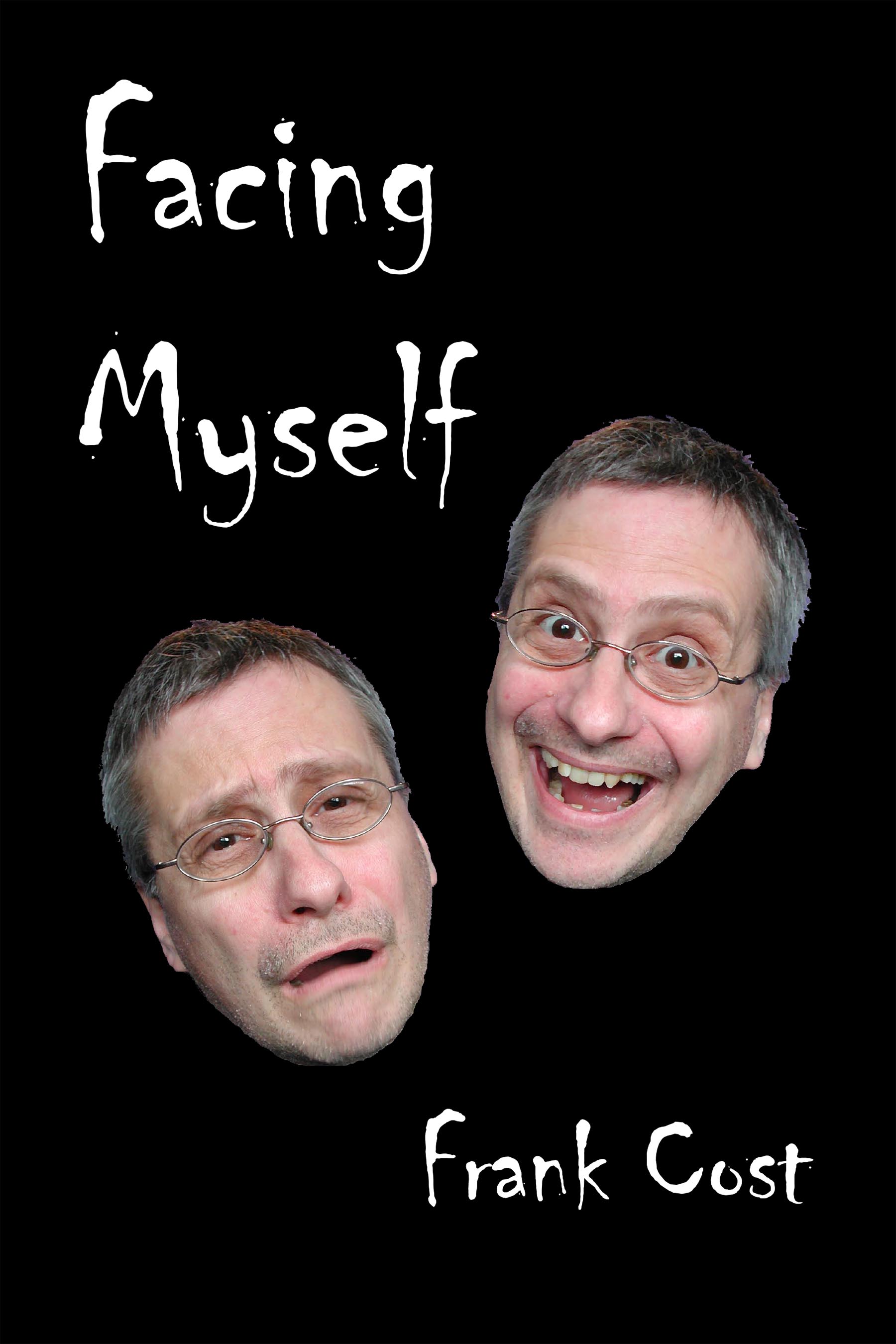

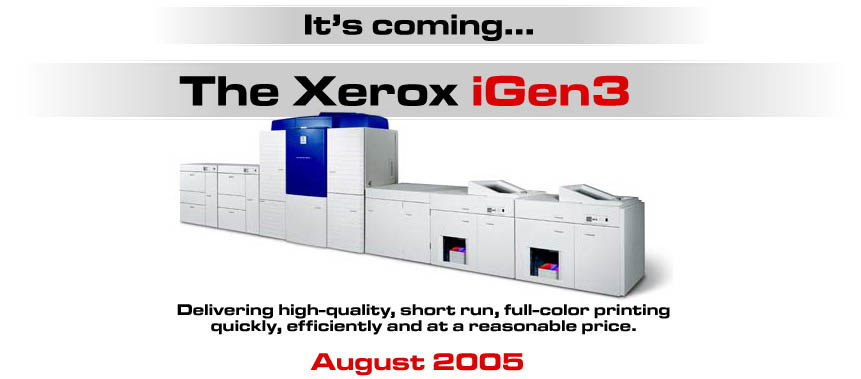
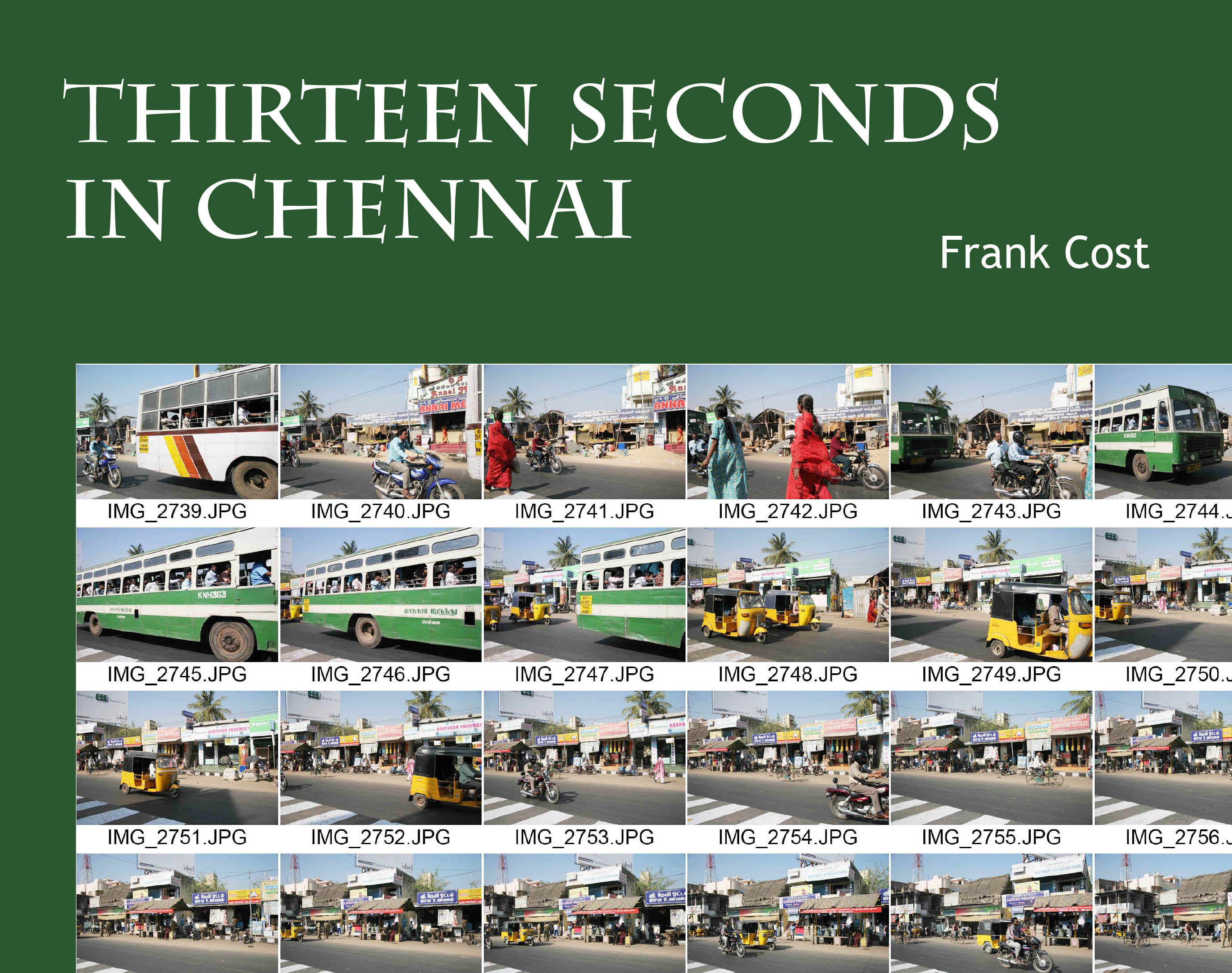
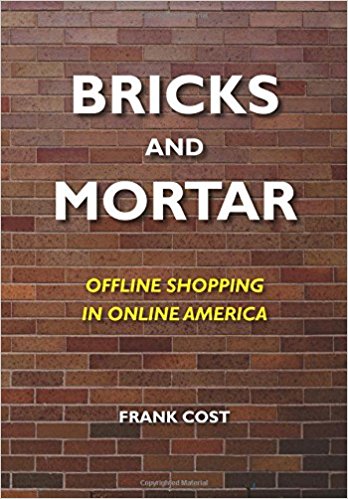





Yikes! What a waste of time and energy. Can’t believe that this is the teacher of young photographers. We really are in trouble.
As a rule, I disallow commenting that consists of nothing more than unspecific snark, to protect this blog and its contributors and readers against trolls. However, since you at least put your full name and a real email address to this example of the genre, I’m letting it through.
I can find nothing about you online, so your comment doesn’t ground itself in any demonstrable achievement in either photography or education. That immediately weakens it, of course.
Not sure what you object to in Cost’s description of the process he devised. Whether you enjoy his pictures or don’t seems beside the point. The process he describes makes imaginative use of the very latest in print-publishing technology. It enables anyone — a creative photographer, a professional journalist, a citizen journalist — to generate a book in 24 hours. Not just a book dummy, but a finished book, available at reasonable cost from an online vendor.
As someone who has taught at the post-secondary level for decades, with a strong interest in K-12 photo education, I find this provocative and useful on several levels. The publication system that Cost has devised strikes me as adaptable to classroom use at any grade level, for either group projects or individual assignments.
And the process itself represents an effective example of the imaginative use of disparate, unsynchronized tools — digital-imaging cameras, InDesign, print-on-demand technology, and the Amazon distribution method — to create a streamlined workflow enabling virtually immediate publication in book form of … just about anything a photographer might want to make available that way.
Your assertion that nothing in this has pedagogical or professional value therefore strikes me as both malicious and ignorant.
Everyone’s entitled to an opinion about anything, of course, but not all opinions carry equal weight. I trust my judgment more than yours on this matter, and stand by my editorial decision to make Cost’s ideas available to my readers.